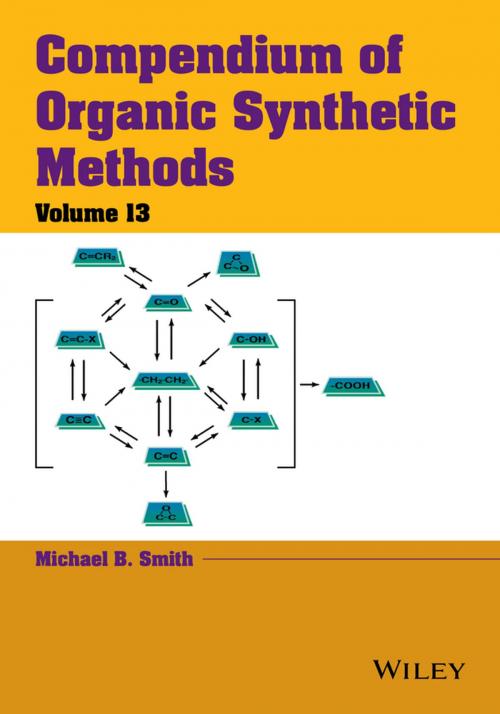Compendium of Organic Synthetic Methods
Nonfiction, Science & Nature, Science, Chemistry, Physical & Theoretical, Organic, Technical & Industrial| Author: | Michael B. Smith | ISBN: | 9781118791509 |
| Publisher: | Wiley | Publication: | July 7, 2014 |
| Imprint: | Wiley | Language: | English |
| Author: | Michael B. Smith |
| ISBN: | 9781118791509 |
| Publisher: | Wiley |
| Publication: | July 7, 2014 |
| Imprint: | Wiley |
| Language: | English |
The Compendium of Organic Synthetic Methods serves as a handy desktop reference for organic chemists to browse new reactions and transformations of interest, facilitating the search for functional group transformations in the original literature of organic chemistry. Volume 13 contains both functional group transformations and carbon-carbon bond forming reactions from the literature in the years 2005-8. It presents examples of published reactions for the preparation of monofunctional compounds.
The Compendium of Organic Synthetic Methods series facilitates the search for quality, selected functional group transformations, organized by reacting functional group of starting material and functional group formed, with full references to each reaction
Presents examples of published reactions for the preparation of monofunctional compounds from the literature of 2005-8
Provides a handy reference and a valuable tool to the working organic chemist, allowing a quick check of known organic transformations
Stringent criteria for inclusion of reactions, including real synthetic utility of reactions, reagents readily available or easily prepared and handled in the laboratory
The Compendium of Organic Synthetic Methods serves as a handy desktop reference for organic chemists to browse new reactions and transformations of interest, facilitating the search for functional group transformations in the original literature of organic chemistry. Volume 13 contains both functional group transformations and carbon-carbon bond forming reactions from the literature in the years 2005-8. It presents examples of published reactions for the preparation of monofunctional compounds.
The Compendium of Organic Synthetic Methods series facilitates the search for quality, selected functional group transformations, organized by reacting functional group of starting material and functional group formed, with full references to each reaction
Presents examples of published reactions for the preparation of monofunctional compounds from the literature of 2005-8
Provides a handy reference and a valuable tool to the working organic chemist, allowing a quick check of known organic transformations
Stringent criteria for inclusion of reactions, including real synthetic utility of reactions, reagents readily available or easily prepared and handled in the laboratory















